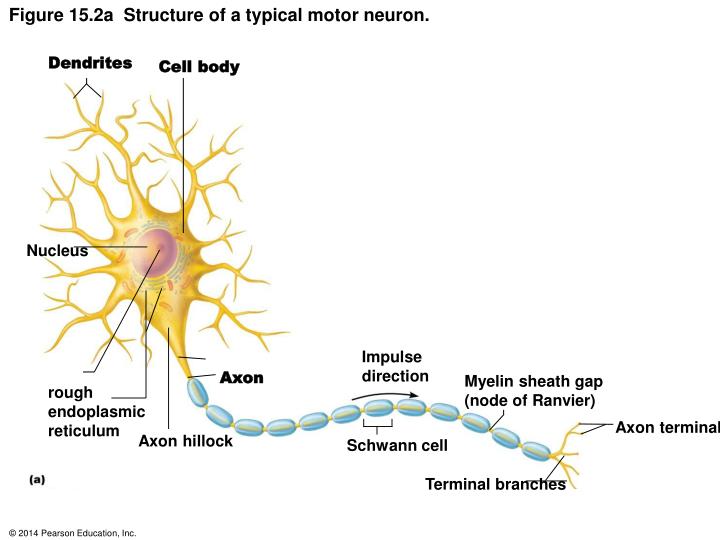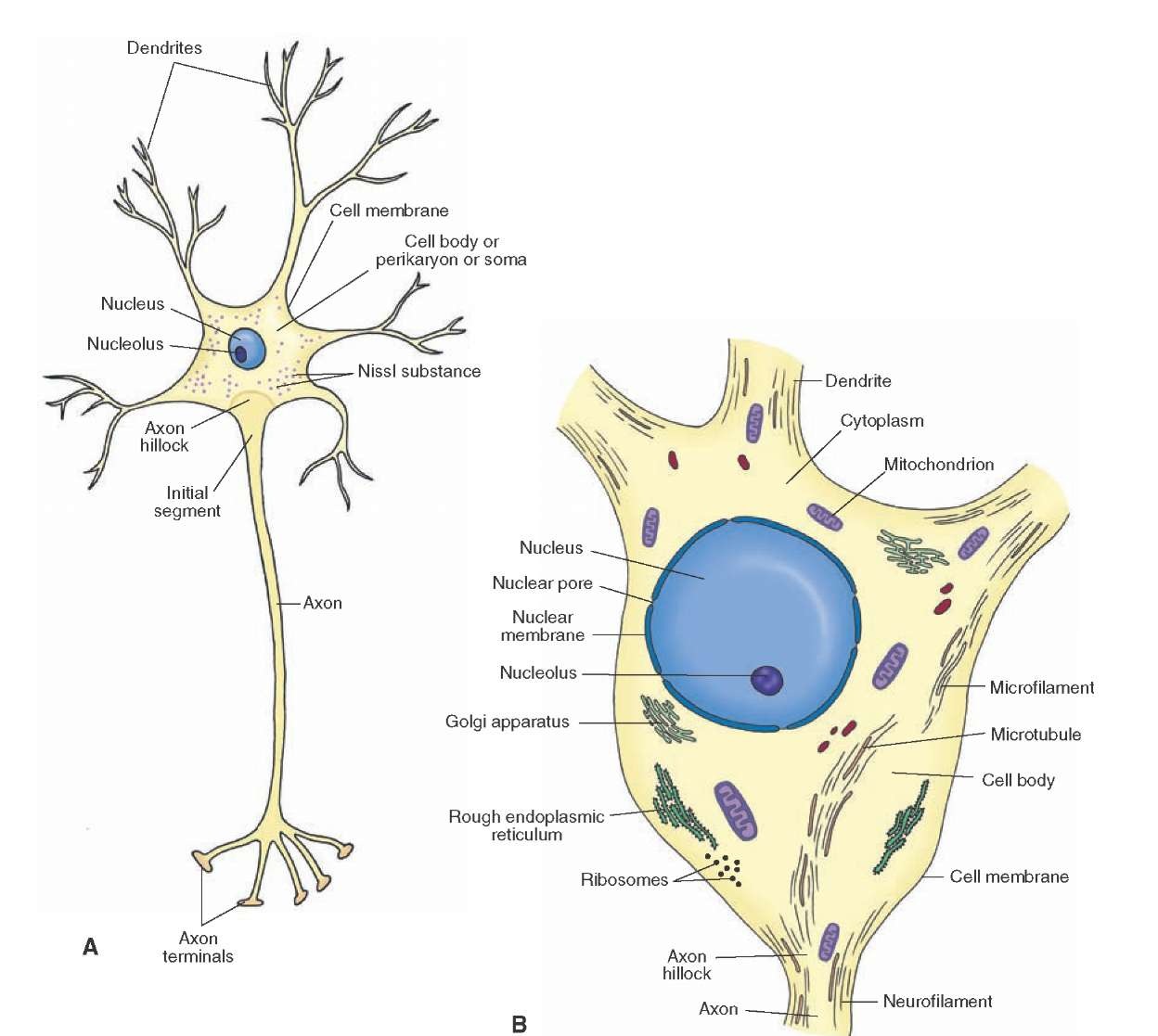

All Khan Academy content is available for free at The nervous system is made up of neurons, the specialized cells that can receive and transmit chemical or electrical signals, and glia, the cells that provide support functions for the neurons. The information below was adapted from OpenStax Biology 35.1 and Khan Academy AP Biology The neuron and nervous system. Describe the structure and function of neuronal synapses and the role of neurotransmitters at the synapse.

Interpret an action potential graph and explain the molecular mechanisms underlying each step of the action potential.Describe the structure and function of neurons.This thickening is caused by irritation of branches of the medial and lateral plantar nerves that results when two bones repeatedly rub together. Rarely, individuals develop multiple schwannomas arising from one or many elements of the peripheral nervous system.Ĭommonly called a Morton's Neuroma, this problem is a fairly common benign nerve growth and begins when the outer coating of a nerve in your foot thickens.

Schwannomas are benign tumors of the peripheral nervous system which commonly occur in their sporadic, solitary form in otherwise normal individuals. They are far more numerous than neurons and, unlike neurons, are capable of mitosis. Neuroglia cells do not conduct nerve impulses, but instead, they support, nourish, and protect the neurons. They have short dendrites and may have either a short or long axon. Interneurons, or association neurons, are located entirely within the CNS in which they form the connecting link between the afferent and efferent neurons. Efferent neurons usually have short dendrites and long axons. Efferent, or motor, neurons transmit impulses from the CNS to effector organs such as muscles and glands. They usually have long dendrites and relatively short axons. Afferent, or sensory, neurons carry impulses from peripheral sense receptors to the CNS. In the CNS, oligodendrocytes produce myelin, but there is no neurilemma, which is why fibers within the CNS do not regenerate.įunctionally, neurons are classified as afferent, efferent, or interneurons ( association neurons) according to the direction in which they transmit impulses relative to the central nervous system. This covering is the neurilemma, which plays an important role in the regeneration of nerve fibers. The cytoplasm, nucleus, and outer cell membrane of the Schwann cell form a tight covering around the myelin and around the axon itself at the nodes of Ranvier. In the peripheral nervous system, the myelin is produced by Schwann cells. The unmyelinated regions between the myelin segments are called the nodes of Ranvier. Myelinated fibers make up the white matter in the CNS, while cell bodies and unmyelinated fibers make the gray matter. Many axons are surrounded by a segmented, white, fatty substance called myelin or the myelin sheath. The distal ends of the telodendria are slightly enlarged to form synaptic bulbs. Axons and axon collaterals terminate in many short branches or telodendria. AxonĪn axon may have infrequent branches called axon collaterals. It is usually elongated and because it carries impulses away from the cell body, it is called an efferent process. There is only one axon that projects from each cell body. They are called afferent processes because they transmit impulses to the neuron cell body. The number of dendrites on a neuron varies. Dendrites are usually, but not always, short and branching, which increases their surface area to receive signals from other neurons. They are sometimes referred to as fibers. Dendritesĭendrites and axons are cytoplasmic extensions, or processes, that project from the cell body. Because centrioles function in cell division, the fact that neurons lack these organelles is consistent with the amitotic nature of the cell. It has a nucleus with at least one nucleolus and contains many of the typical cytoplasmic organelles. In many ways, the cell body is similar to other types of cells. The image below illustrates the structure of a typical neuron.Įach neuron has three basic parts: cell body (soma), one or more dendrites, and a single axon. This means that if a neuron is destroyed, it cannot be replaced because neurons do not go through mitosis. They are highly specialized and amitotic. Neurons, or nerve cells, carry out the functions of the nervous system by conducting nerve impulses. They are a special type of " connective tissue" for the nervous system. The word "neuroglia" means "nerve glue." These cells are nonconductive and provide a support system for the neurons. The other type of cell is neuroglia, or glial, cell. It is the "conducting" cell that transmits impulses and the structural unit of the nervous system. Although the nervous system is very complex, there are only two main types of cells in nerve tissue.


 0 kommentar(er)
0 kommentar(er)
